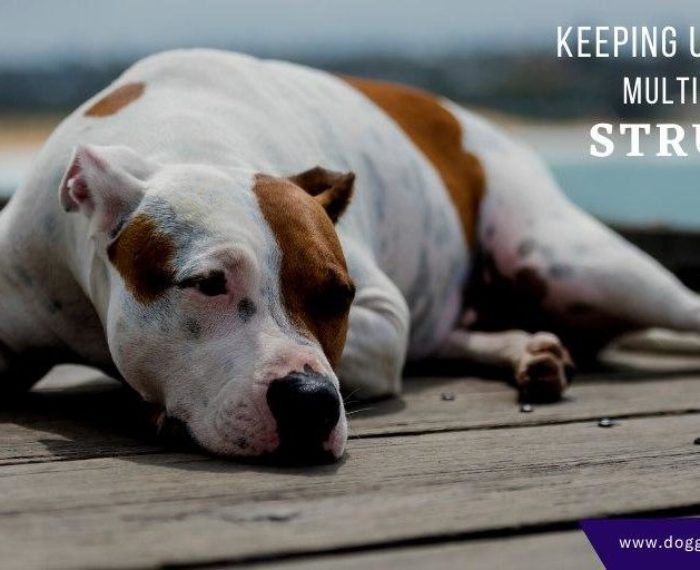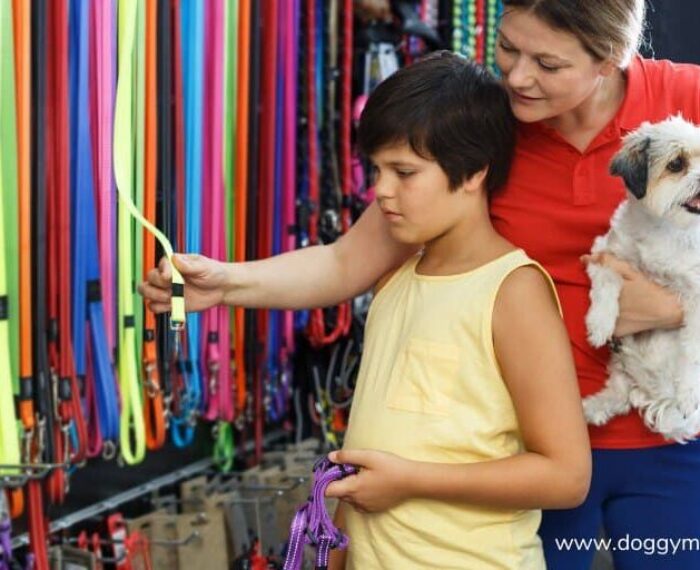This pandemic has had big strains on our lives. We may not be able to go out or simply afford to groom our doggy. Here is some information on how to make your doggy picture perfect.
Bathing
Dogs don’t require as many baths as humans. Excessive bathing might cause your dog’s coat and skin to become dry.
The frequency with which you bathe your dog is determined by factors such as coat type, lifestyle, and medical conditions. You can also use the smell test to detect if a bath is needed—simply smell your doggy to see if there is an unpleasant odor. Some doggies may need more brushing or combing than others and that is not an easy task, that’s why you may need the following:
• Treats, of course.
• Brushes, combs, and rakes for dogs, and any other grooming equipment available.
• Doggy-safe shampoo (de-shedding shampoos for double-coated breeds) and conditioner (for long-haired dogs and de-shedding conditioner for double-coated breeds)
• A removable showerhead or rinsing cup.
• Rubber Mat or Non-slip mat.
• Abundance of towels, especially bigger breed dogs.
• A hair-blower for dogs if available or you can use a regular air blower if the doggy is used to it.
• Helping Hand
• Set of new clothes, because it is going to be wet and messy.
Preparation is the key to a successful bath. After you’ve gathered your materials, you’ll need to prepare the area. Ensure that you have all of your items in the bathing area. Prepare the bathwater as well as the non-slip mat by placing it in the tub or sink. Also, make sure the water is at a comfortable temperature.
Next, get your doggy ready. Brush your doggy to help eliminate tangles, debris, and loose hair. When you’re finished, bring your assistant and dog into the room and close the door. Place your dog in the tub or sink gently at first. To acclimatize your doggy, begin by wetting the back legs. Giving your doggy a reward when the event begins could be a good strategy to divert their attention. Distract your doggy by smearing peanut butter, cheese, or another favorite foodstuff on the wall.
Wash and condition according to the product labels’ directions. Rinse the hair completely, ensuring sure it’s free of all products to avoid skin irritation.
After your dog has been bathed, towel dry as much as possible before releasing your doggy. If you have a doggy air force blower and your doggy is used to it, start blowing out the fur slowly. Begin with the hind limbs and work your way forward, keeping a close eye on your doggy’s reactions. If the blower is causing your doggy too much stress, try to towel dry them as much as possible. When they’re dry, brush them.
How to Brush your Doggy
Brushing your dog is one of the simplest ways to develop a bond. It helps to reduce shedding, and with the correct brush, your doggy may even love it. Depending on your dog’s breed, use the appropriate brushes, combs, or rakes. Simply brush from head to toe to get started, and get comfy to make it a peaceful experience for both of you.
Dental Care
Begin by giving your dog a small taste of the toothpaste to acclimate your doggy to what’s to come. Brush your dog’s teeth and gums gently, elevating their gums and gently massage the paste on the teeth and gums.
Check your gums for swelling and discoloration while brushing. Examine their teeth for discoloration as well. Continue for another minute or two, and then stop.
To avoid transmitting bacteria and parasites, properly wash your hands after brushing your dog’s teeth. Give your dog dental dog treats and toys to assist reduce tartar accumulation in addition to maintaining an oral hygiene program for your doggy.
Clean those ears!
Wipe down all the visible skin that you can reach with the cotton ball and solution, or the wipes. Use a different cotton ball or wipe for each ear. If one ear is already infected, this prevents the infection from spreading. If your cotton ball is excessively unclean when you’re finished, you should take your dog to a veterinarian for a more thorough examination. In addition, keep an eye out for red ears, smells, or other indicators of irritation. It’s possible that touching your dog’s ears will make cause discomfort. So be patient and make sure to reward your doggy with a treat once the job is over.
Nail Trim
To begin, gather your supplies, your helper, and your dog at a comfortable location. Allow your dog to sniff the trimmers as you and your assistant prepare for the nail clipping session.
Pet and reward treats until your doggy is calm. Now it’s time to use the clippers to delicately trim only the tip of the nail. Make sure not to cut the quick of the nail. Nerve endings and blood arteries in the quick should not be severed.
You won’t be able to see the quick through the sides of your dog’s nail if the nails are dark. As a result, you’ll need to examine each nail head-on to determine its length. Stop trimming when you detect a small dark dot in the middle of the nail. If your dog’s nails are light, it may be easy to spot them on the quick. It seems to be red, and it may be visible through the sides of the nail. You may assess the length by looking at the nail head-on, just like you can with dark nails. If you detect a red dot in the center of their nail, stop trimming. If you cut into the quick and the nail starts to bleed, apply pressure right away. If the bleeding does not cease, apply styptic powder or cornstarch to the nail.
Trim only one to two paws at a time, and keep your sessions brief. To put your doggy at ease, use a gentle voice throughout each at-home grooming session.
At first, grooming a dog at home can be difficult. However, after you’ve established a habit, it may be a wonderful experience.
We hope that these dog grooming suggestions are helpful and that your dog becomes more comfortable grooming at home. Have a good one!


